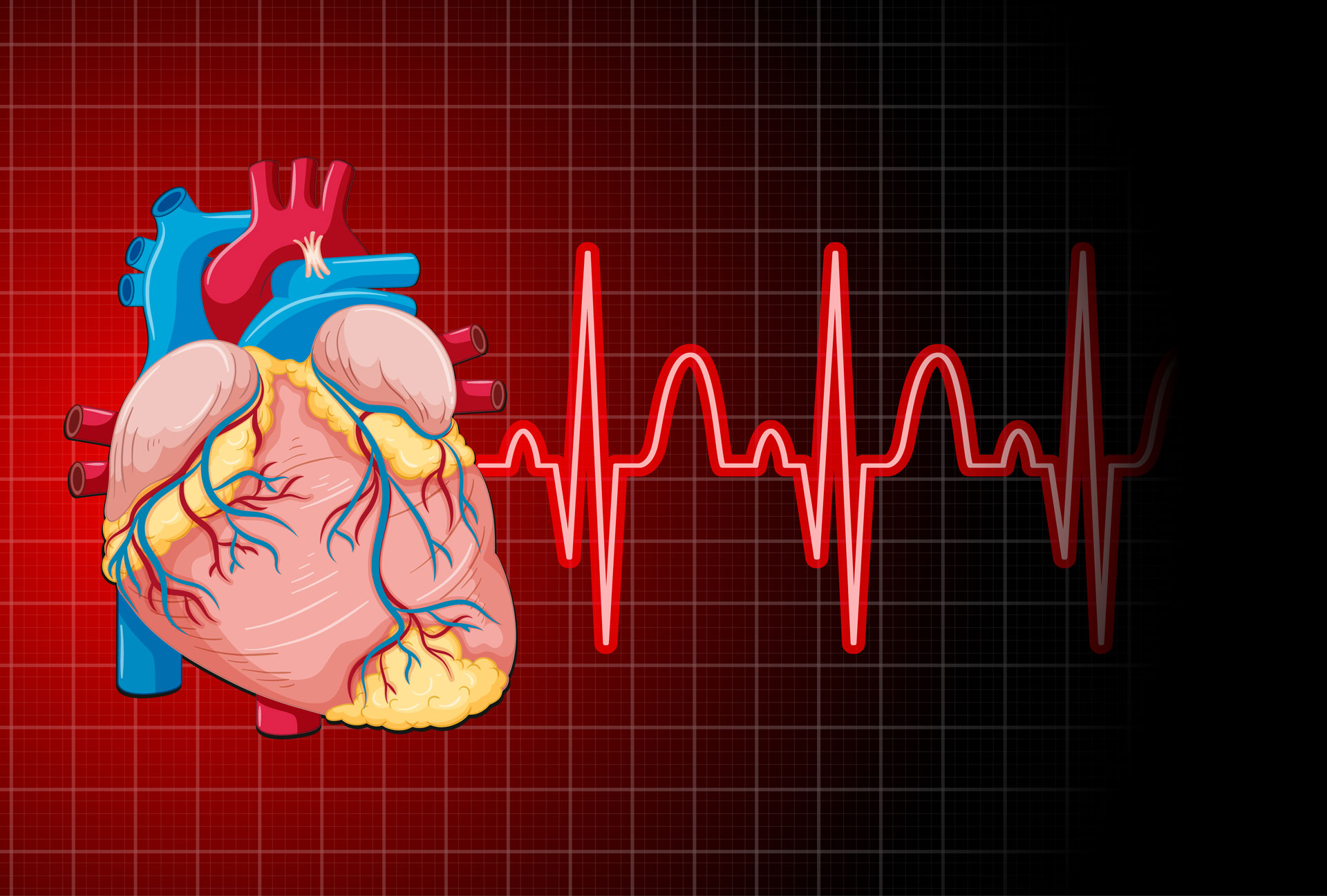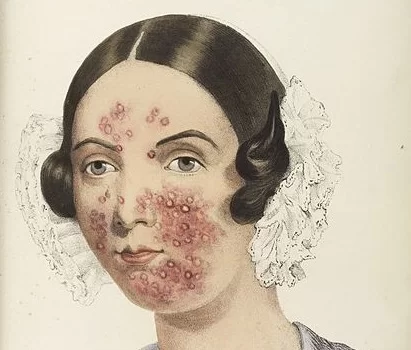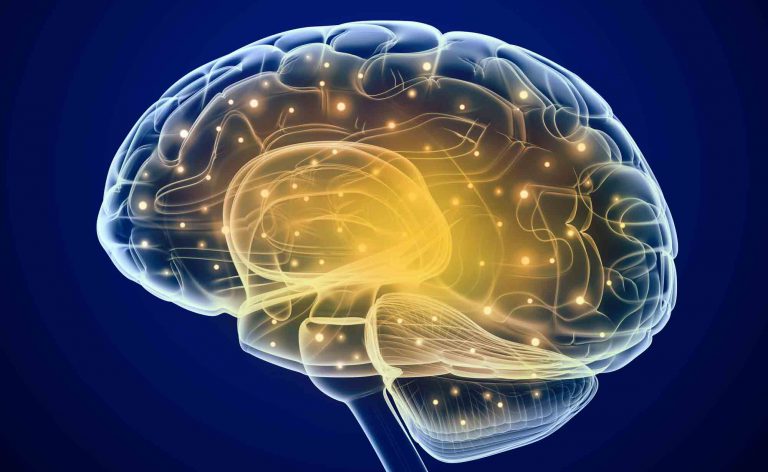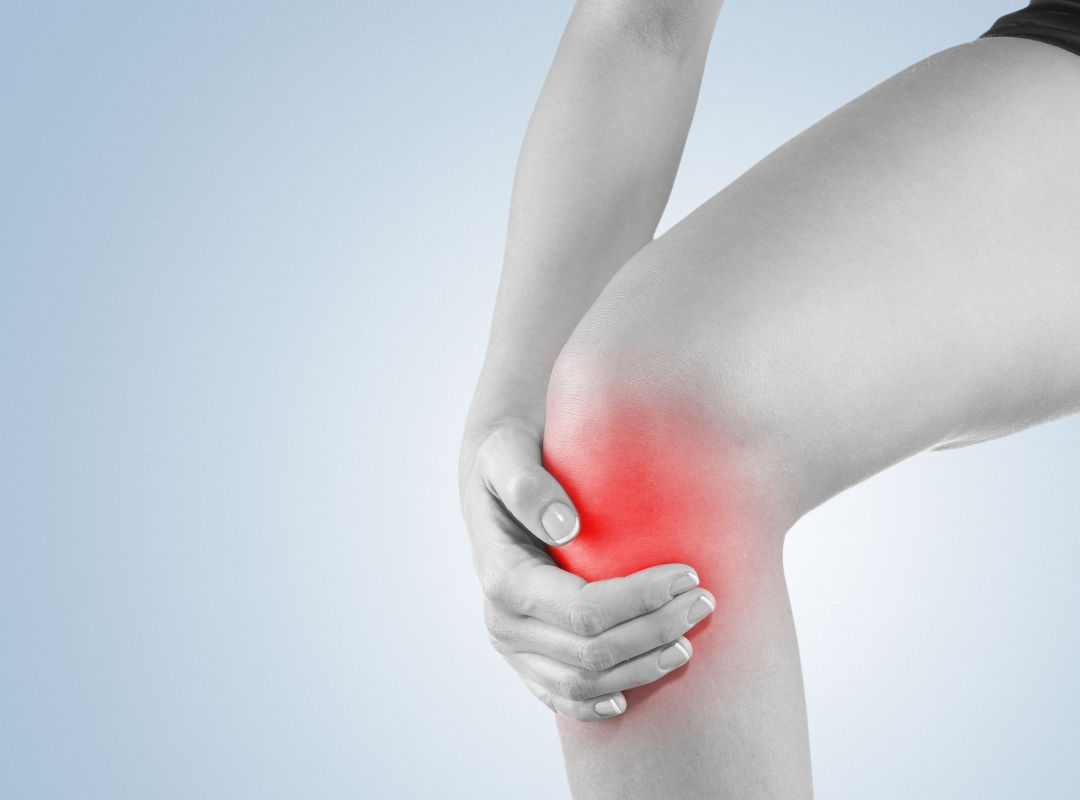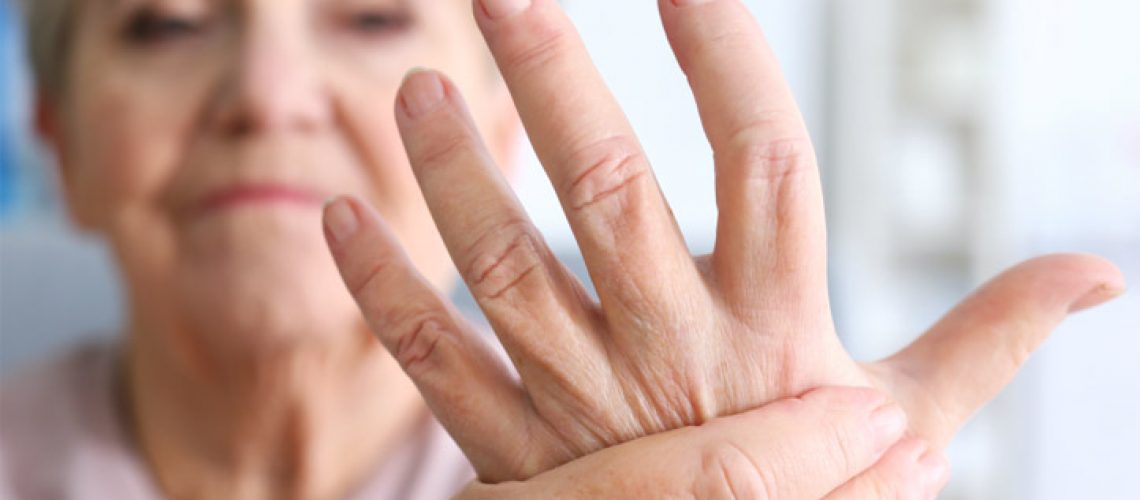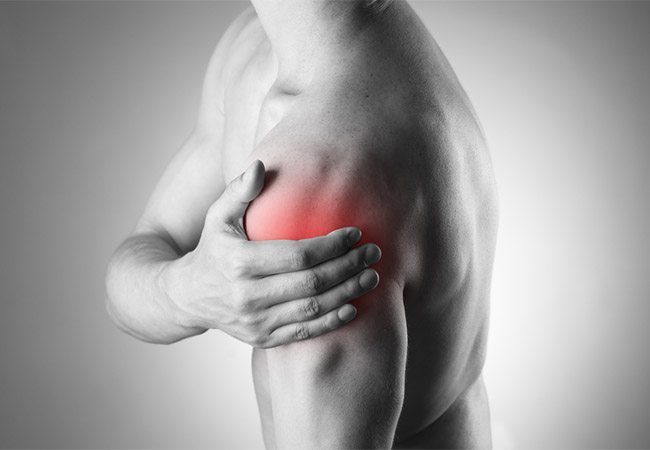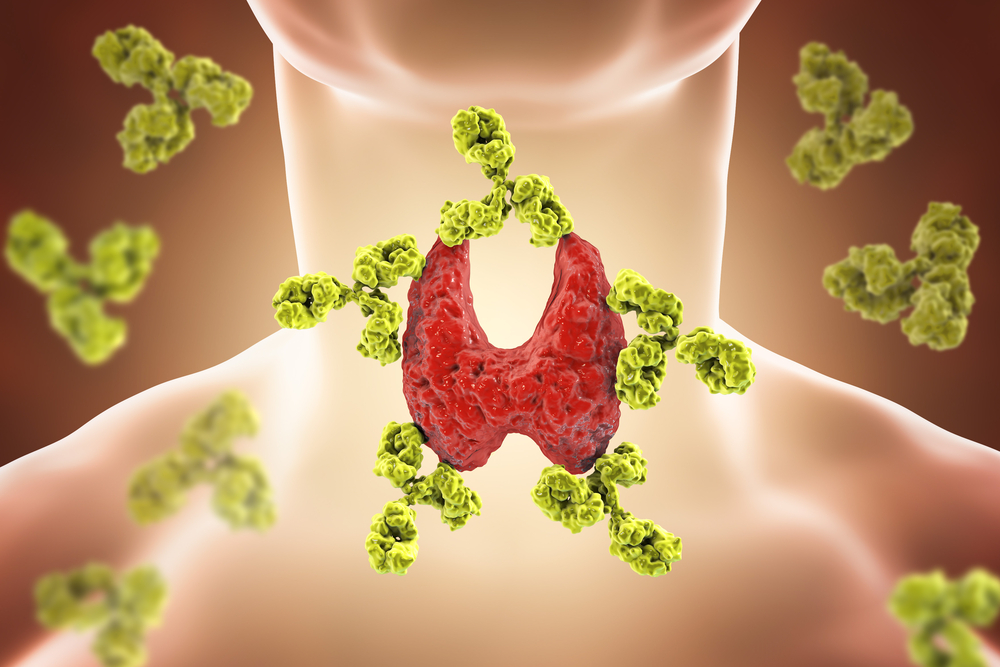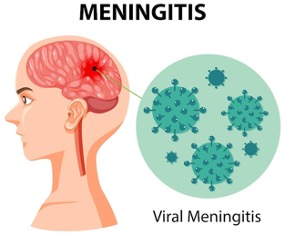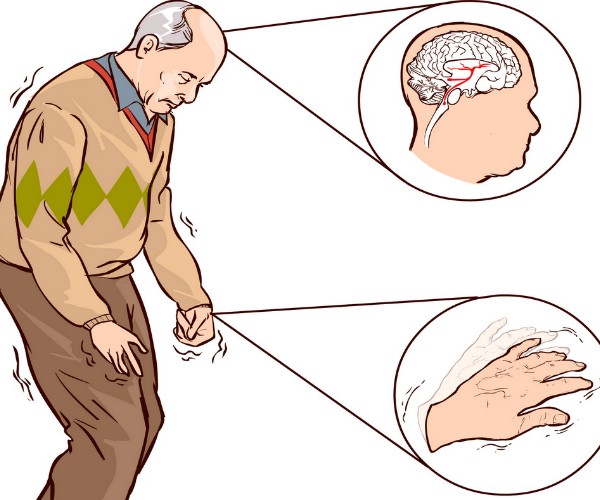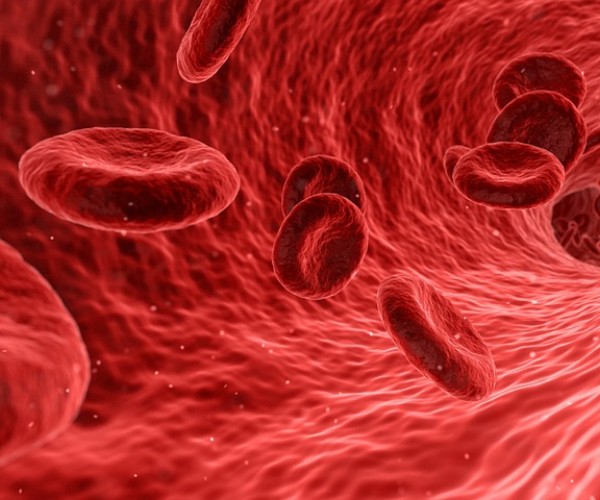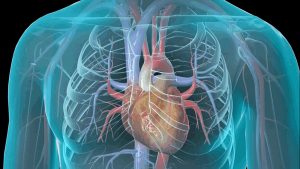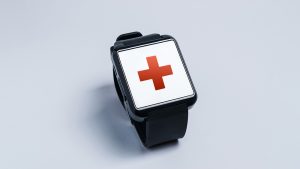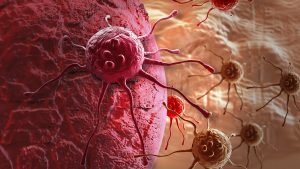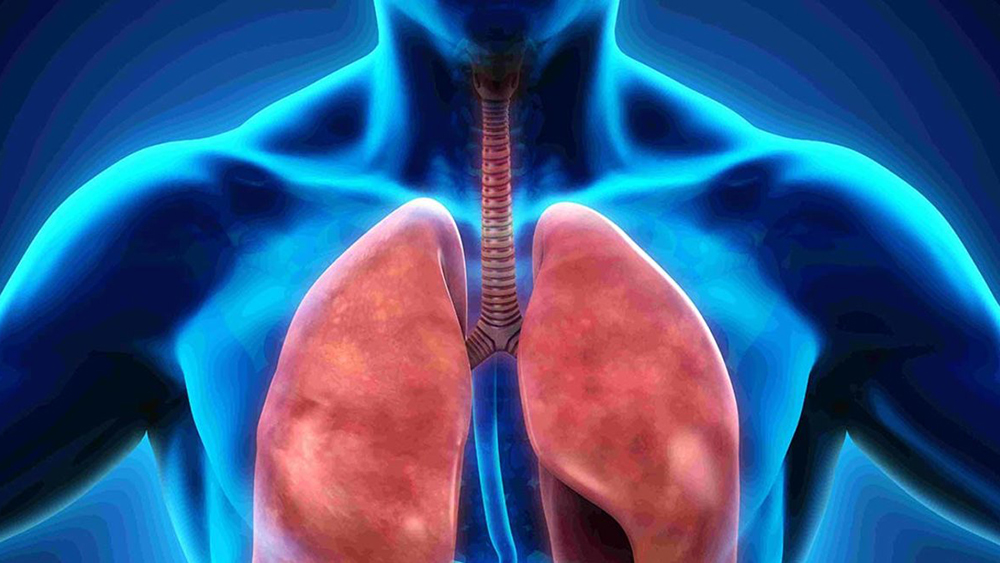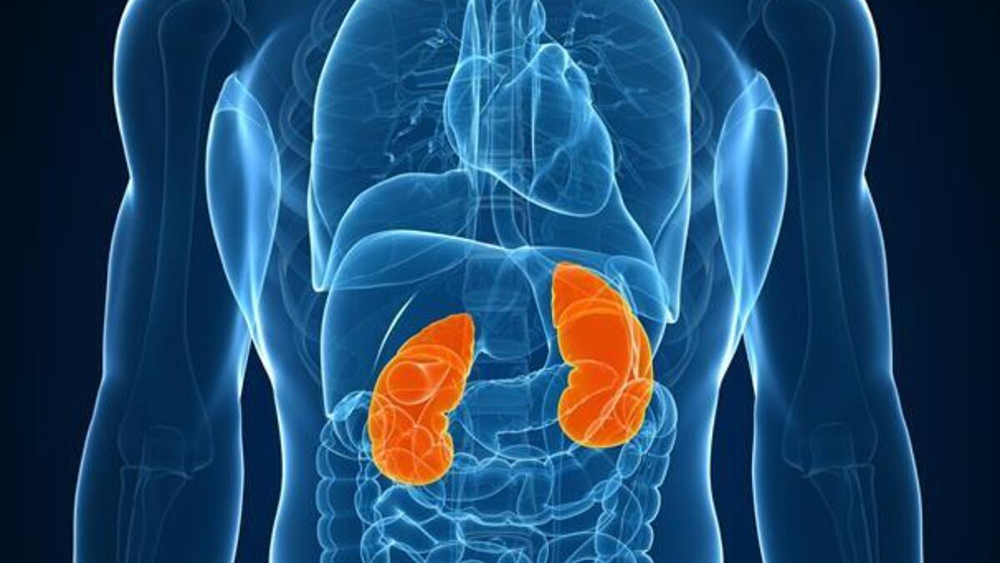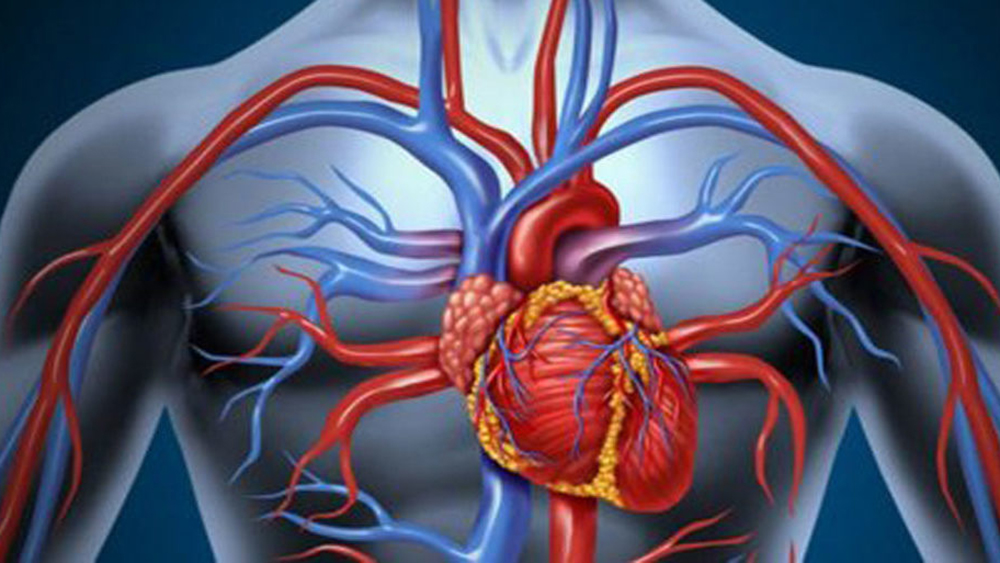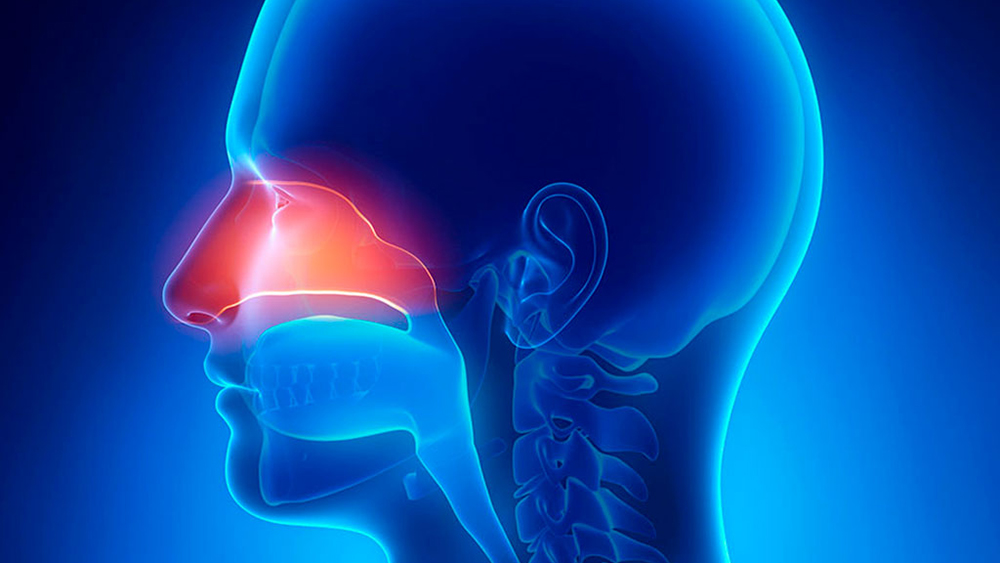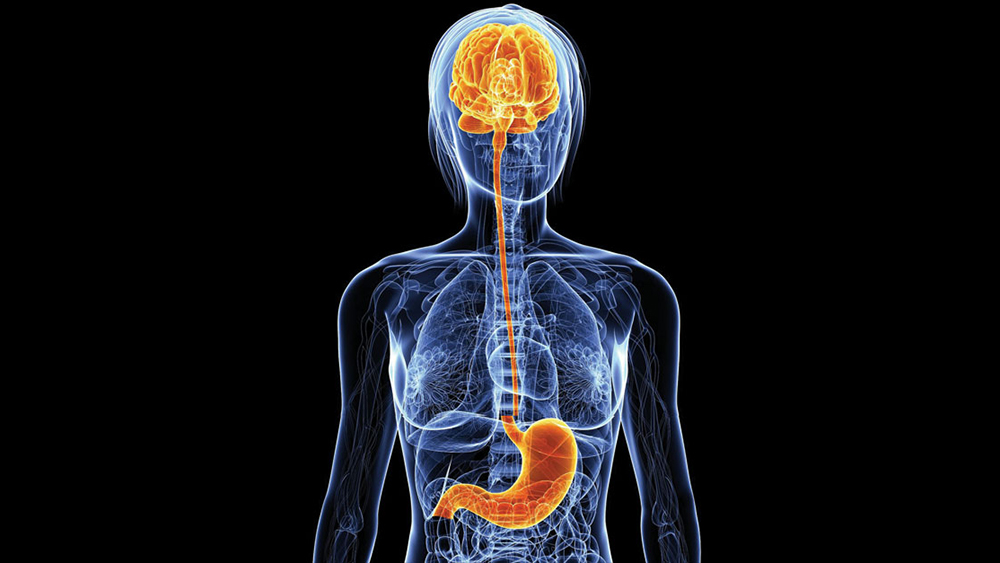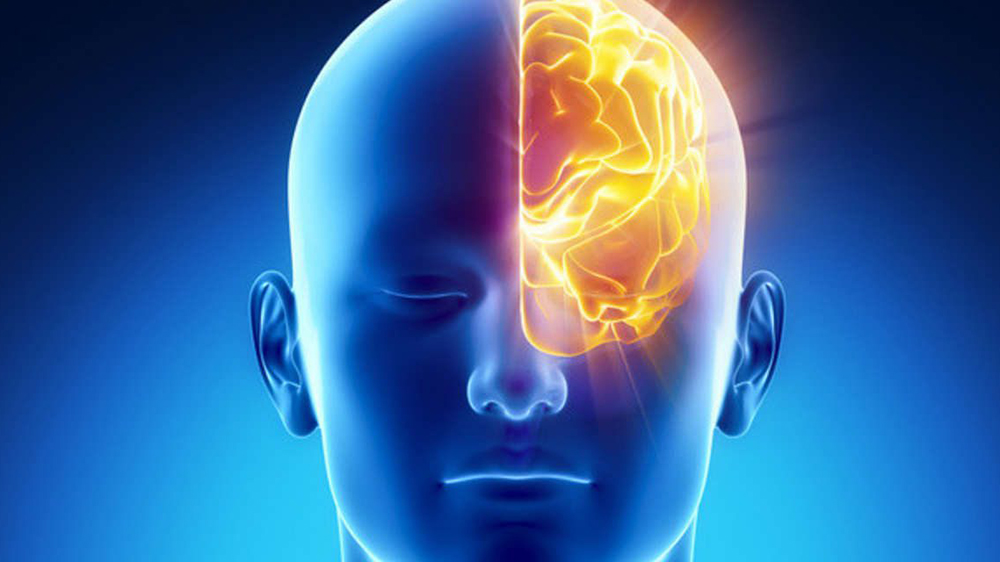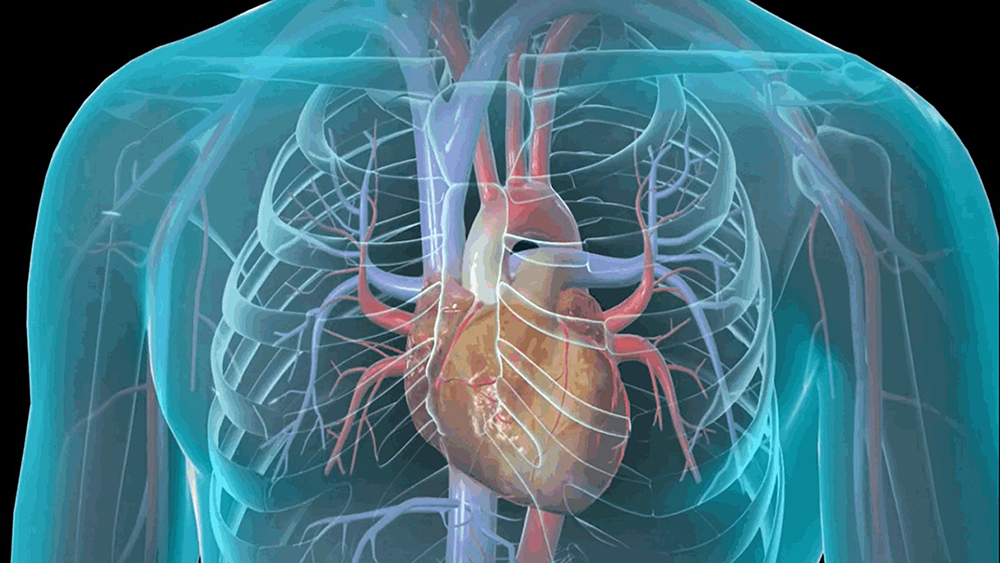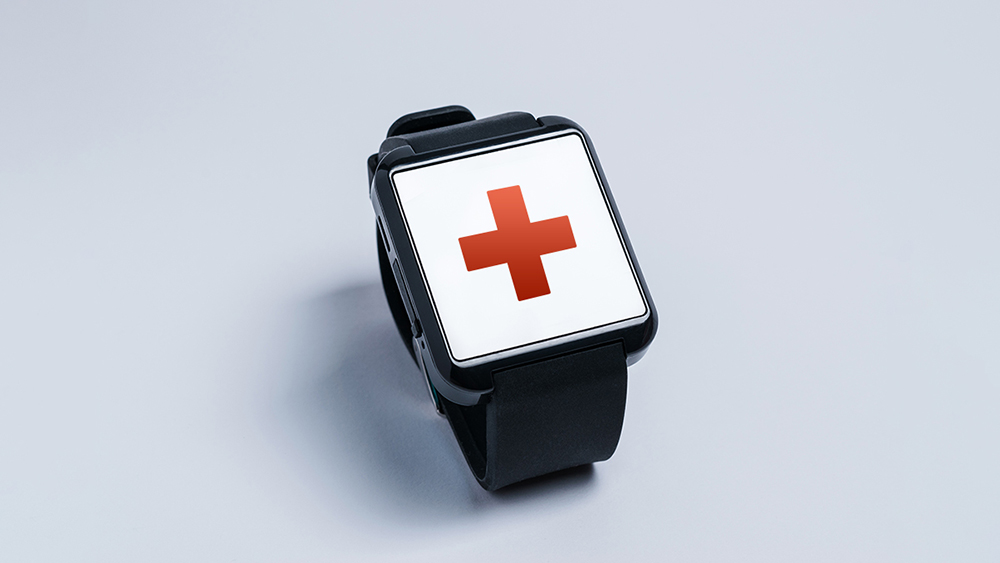1.General News
Stop arthritis before arthritis stops you!
Rheumatoid arthritis is a chronic autoimmune inflammatory disease with a progressive course and high disabling potential. It is manifested by:
Joint pain: spontaneous and continuous, becoming more pronounced with movement and loading;
Swelling of affected joints;
Joint stiffness, especially morning stiffness exceeding 30 minutes (but which can last for several hours);
Functional limitation, making it difficult or impossible to perform actions such as, for example, getting out of bed, washing, dressing, making a cup of coffee;
Marked impairment of quality of life.
In addition to the joints, the disease can also affect the lung, heart, and kidney and be associated with fever, weight loss, general malaise, asthenia, and easy fatigability.
Rheumatoid arthritis is not a hereditary disease although there is a genetically determined predisposition.
Even today, the causes of rheumatoid arthritis are not entirely clear.
The disease is believed to represent the result of the interaction between environmental factors (such as a viral or bacterial infection) and genetic factors, which promote the initiation of the inflammatory process.
Rheumatoid arthritis affects more than 30 million people worldwide… In Italy over 400,000 people!
Twenty-five percent of patients develop bone erosions within the first three months. 65 percent within the first year. 75% within the first two years.
If TEMPESTIVE and effective treatment is not implemented, rheumatoid arthritis can result in SEVERE and irreversible CONSEQUENCES, which can COMPROMISE autonomy and the performance of normal activities of DAILY LIFE.

2.Emotional and physical problems
Make no mistake!
The diagnosis of rheumatoid arthritis inevitably involves a shock, an inner, emotional trauma in each patient that cannot and should not be underestimated.
Anxiety, anguish, fear of the future, sadness, anger, are just some of the emotions, which people with rheumatoid arthritis share, especially at the time of diagnosis.
There are four main mistakes to avoid:
DON’T KEEP IT ALL IN!
It is necessary to talk about discomfort, fears and/or concerns with the rheumatologist.
This will help to reduce anxiety and deal with problems in the best possible way.
DON’T BEAT YOURSELF UP UNNECESSARILY!
Arthritis is not an invincible enemy. Today it can be addressed with very effective weapons, so much so that we can hope to resume a normal life if we do not intervene too late appropriately.
DON’T HIDE THE PROBLEM!
If the despondency, restlessness and general malaise do not subside, you need to get help. There are figures, such as the clinical psychologist and counselor, who can play a key role in regaining confidence and balance.
DON’T STOP!
It is necessary to maintain regular and consistent exercise.
Stretching, yoga, tai chi, water exercises, and dancing are recommended activities in arthritis. The goal is to maintain good joint mobility and muscle tone.

3.Physical activity and nutrition
Movement and proper nutrition
Proper nutrition and carefully tailored physical activity play a major role in the treatment strategy for rheumatoid arthritis.
Although any careless generalization should be avoided, some rules can be identified, which should be followed to limit the potential damage caused by the disease:
- Adapt the activities of daily living to one’s health condition.
- Avoid all actions that result in accentuation of pain.
- Alternate “more strenuous” activities with periods of rest and recovery.
- Stop when the pain becomes more severe.
- Planning daily activities according to one’s limitations.
- Maintaining a healthy weight.
- Regularly distribute caloric intake throughout the day, reducing that of dinner if possible.
- Reduce consumption of red meat and cheese and increase the share of fruits and vegetables.
- Increase the share of fish (salmon, mackerel, oily fish) for high vitamin D and Omega-3 content.
- Eat slowly and check your weight regularly.
Following these “ten commandments” is not easy but it is necessary since proper nutrition and individualized physical activity can help achieve three basic goals:
- IMPROVE CONTROL OF PAIN AND FUNCTIONAL LIMITATION.
- REDUCE CARDIOVASCULAR RISK, WHICH IS INCREASED IN PATIENTS WITH RHEUMATOID ARTHRITIS.
- IMPROVE QUALITY OF LIFE AND AUTONOMY IN PERFORMING REGULAR DAILY ACTIVITIES.

4.The appropriate use of drugs
Right drugs in the right way!
Proper therapy can lead to very disappointing results if very specific rules are not followed:
- Strictly follow the instructions of the rheumatology specialist.
- Avoid any form of “self-prescription” or “self-medication.”
- Promptly report the appearance of possible side effects.
- Do not reduce or increase doses of prescribed medications on your own initiative.
- Read the package insert of each medication carefully, discussing any doubts or concerns with your doctor if necessary.
- Do not change the time or mode of taking medication from the agreed schedule.
- Inform the rheumatologist of the possible administration of other drugs prescribed for the treatment of concomitant diseases, since these drugs may interfere with rheumatoid arthritis therapy.
Inappropriate use of drugs in the treatment of rheumatoid arthritis is unfortunately a very common occurrence.
The reasons for this phenomenon are many and originate mainly from patients’ fears of possible side effects of therapy and suboptimal doctor/patient communication.
In the case of methotrexate, for example, distrust and fear often lead the patient to discontinue treatment, favoring the use of other drugs, such as, for example, corticosteroids or NSAIDs, with consequent serious repercussions on the evolution of the disease and with the risk of more frequent and severe side effects than the feared side effects of methotrexate.

5.Communicate effectively
Communicate!
Good doctor/patient communication is an ideal goal but not easy to achieve.
Empathy, time and proper training are indispensable ingredients to achieve it.
In frail individuals, elderly patients especially with rheumatoid arthritis with overt clinical expressivity, it is essential to involve family members, friends and health care providers in the development of the complex and articulated pathway, aimed at improving the patient’s quality of life.
Close family members must have a clear view of the disease and exercise timely support and vigilance especially in individuals who do not accept the limitations imposed by arthritis in carrying out work and common activities of daily living.
Family, friends and caregivers must be actively involved, especially in individuals who, being no longer autonomous, try with all sacrifice to maintain some autonomy so as not to burden their families at the cost of non-negligible risks (falls, accentuation of joint damage).
Finally, effective communication with the family is useful in all those cases in which the patient is unable to adequately understand the risk/benefit ratio of the disease.
In the elderly and in the presence of cognitive impairment, the involvement of family members should also cover the administration of therapy and verification that there are no errors or confusion in the doses and mode of taking medications.

6.Making decisions and solving problems related to the disease
Inform, instruct, train, educate!
The first steps of a care pathway in a patient with rheumatoid arthritis should include the preliminary development of a correct and articulated treatment scheme by the specialist and, subsequently, an adequate space for discussion with a nurse expert in “patient education.”
The nurse’s task should be to ensure the proper implementation of the agreed-upon programs.
The nurse should try to remove fears and prejudices about the therapy set by anticipating, if possible, the questions the patient will ask after reading the package inserts of the different medications.
The patient will also have to be educated about self-administration of drugs subcutaneously (methotrexate, biologic drugs), also overcoming perplexities and phobias that are all but infrequent.
Finally, a whole series of detailed aspects aimed at improving the patient’s quality of life will have to be addressed by removing, even in these cases, prejudices and phobias in the use, when necessary, of the cane or other orthotic aids.
In individuals who have not well understood the potential magnitude of the problems caused by the disease, every effort should be devoted to strengthening motivation to comply with the treatment scheme .
All too often it happens that we have to take note that, due to an obvious failure of communication, many patients suspend properly set therapy to venture into experiences of other medicine, with inevitably disastrous results.

7.Night rest
Sleep well!
Rheumatoid arthritis like all inflammatory diseases is characterized by night and morning exacerbation of symptoms.
This leads to an alteration in the quantity and quality of sleep with negative effects that are also felt throughout the day in terms of asthenia and a sense of fatigue and easy tiredness.
You can improve the quality and quantity of your sleep with a number of useful tips:
- Modify the time of taking anti-inflammatory drugs to prevent nighttime pain from impeding or inter-rupting sleep.
- Avoid coffee and tea after four o’clock in the afternoon.
- Avoid foods at dinner that involve laborious digestion, which interferes with sleep.
- Go to bed only when you are sleepy.
- Check whether the mattress and bed features are adequate to ensure an ideal body position.
- Avoid blankets that are too heavy, while providing adequate warmth that promotes muscle relaxation.
- Don’t forget that acetaminophen can help reduce nighttime pain and has an inherent sleep-promoting action if taken before bedtime.
- In case of significant nocturnal exacerbation of joint inflammation, recourse may be made, for short periods and always on the specific indication of the physician to be evaluated on a case-by-case basis, to the evening intake of low-dose prednisone and/or hypnoinductive drugs.









